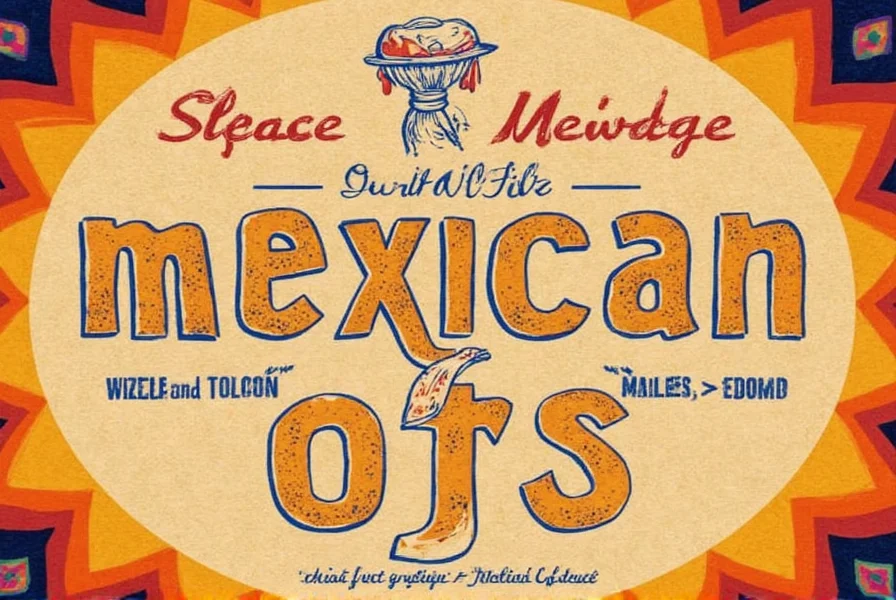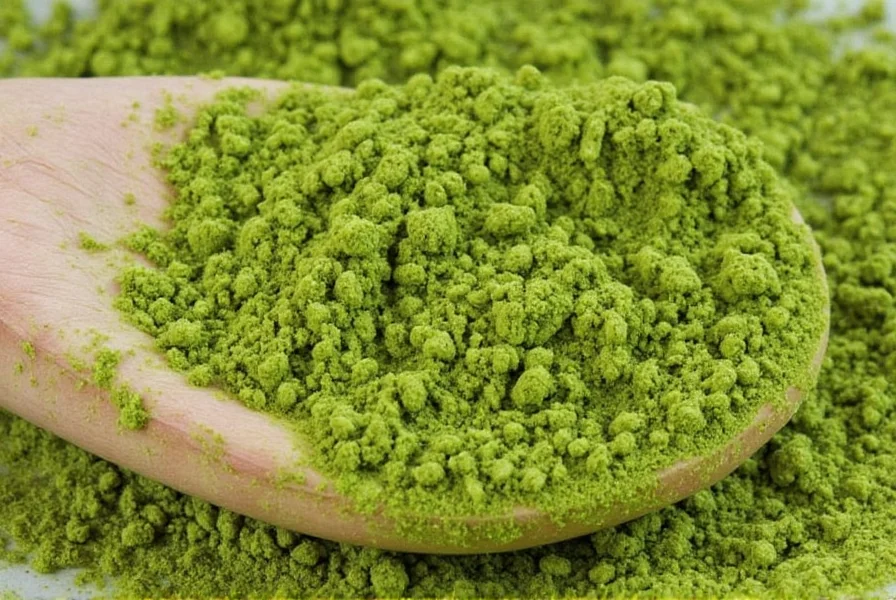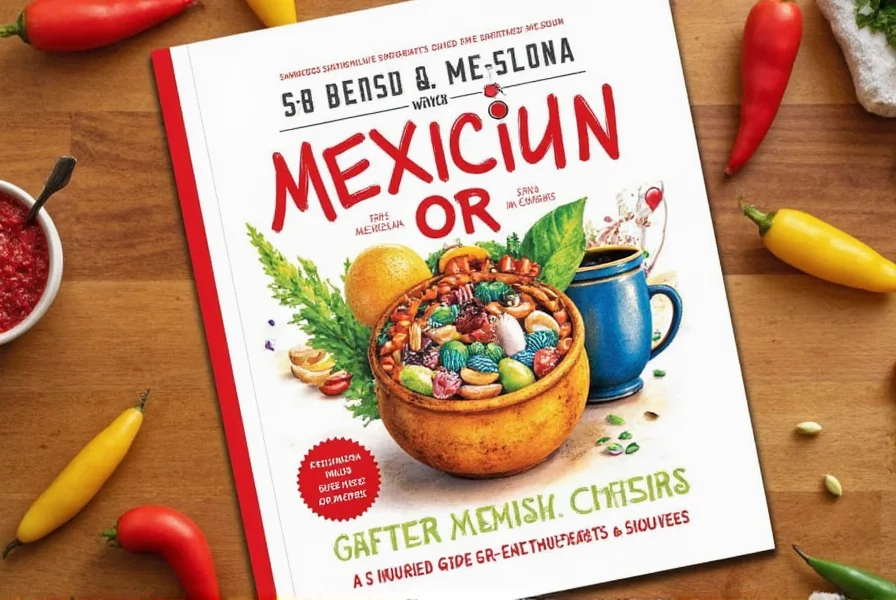Table of Contents
Introduction to Mexican Oregano
Mexican oregano (Lippia graveolens) is a distinct herb commonly used in Mexican and Central American cuisine. Despite its name, it's not actually related to Mediterranean oregano (Origanum vulgare). Mexican oregano has a stronger, more citrusy and floral flavor profile, making it essential for authentic Mexican dishes like mole sauces, salsas, and bean dishes.
Unlike regular oregano, which has a more earthy and slightly sweet taste, Mexican oregano offers a bolder, more complex flavor that complements the rich spices and ingredients in traditional Mexican cooking. Understanding this difference is crucial for achieving authentic flavors in your dishes.
Practical Tips for Using Mexican Oregano
Here are some quick tips to help you get the most out of Mexican oregano:
- Use Sparingly: Mexican oregano has a stronger flavor than regular oregano, so start with half the amount you'd normally use.
- Pair with Tomatoes and Beans: It works exceptionally well with tomato-based dishes, beans, and chili.
- Toast Whole Leaves: Toasting whole leaves before grinding enhances its aroma and flavor.
- Add Early in Cooking: Add it early in the cooking process to allow flavors to meld, especially in slow-cooked dishes like stews and moles.
- Store Properly: Keep in an airtight container away from light and heat to preserve freshness.
In-Depth Insights on Mexican Oregano
Mexican oregano (Lippia graveolens) is native to Mexico and Central America and has been used in traditional cuisine for centuries. It's often confused with Mediterranean oregano, but they're completely different plants with distinct flavor profiles.
One key difference is in their chemical composition. Mexican oregano contains higher levels of carvacrol and thymol, which give it a stronger, more pungent flavor with citrus notes. Mediterranean oregano, on the other hand, has higher levels of terpenes, giving it a more herbal, slightly sweet flavor.
When it comes to cooking applications, Mexican oregano is essential for authentic Mexican dishes like mole, pozole, and adobo. Its bold flavor stands up well to strong spices like cumin and chili powder, making it a perfect complement to these ingredients.
| Herb | Flavor Profile | Best Uses | Origin |
|---|---|---|---|
| Mexican Oregano | Citrusy, floral, pungent, slightly minty | Mole sauces, chili, beans, salsas | Mexico, Central America |
| Regular Oregano | Earthy, sweet, slightly bitter | Italian dishes, pizza, pasta sauces | Mediterranean region |
| Cuban Oregano | Minty, slightly sweet | Cuban cuisine, Caribbean dishes | Cuba, Caribbean |
| Lemon Oregano | Lemon-citrus, herbal | Salads, dressings, seafood | Mediterranean region |

Buying Guide for Mexican Oregano
If you're looking to buy Mexican oregano, here are some key factors to consider:
Types of Mexican Oregano
- Whole Leaves: Best for maximum flavor and freshness. Look for vibrant green leaves with a strong aroma.
- Ground Powder: Convenient for quick use, but loses flavor faster than whole leaves. Choose a reputable brand with high turnover.
- Blends: Some products combine Mexican oregano with other spices. Ensure the blend contains at least 70% pure Mexican oregano for authentic flavor.
Quality Indicators
When selecting Mexican oregano, check for these quality indicators:
- Color: Bright green to dark green leaves (not brown or faded)
- Aroma: Strong citrusy and floral scent when crushed
- Source: Look for products labeled "Made in Mexico" or "Mexican-grown"
- Expiration Date: Freshness matters - avoid products past their prime
Storage Tips
Proper storage maintains flavor and potency:
- Store in an airtight glass container away from light
- Keep in a cool, dry place (not near stove or oven)
- Whole leaves last 12-18 months; ground powder lasts 6-12 months
- For maximum freshness, grind whole leaves just before use
Frequently Asked Questions
What is the difference between Mexican oregano and regular oregano?
Mexican oregano (Lippia graveolens) is not related to regular oregano (Origanum vulgare). Mexican oregano has a stronger, more citrusy and floral flavor with higher levels of carvacrol and thymol, while regular oregano has a more earthy, sweet taste. They're different plants entirely, with Mexican oregano native to Mexico and Central America, and regular oregano native to the Mediterranean region.
Can I substitute regular oregano for Mexican oregano?
While you can substitute regular oregano in a pinch, the flavor profile will be significantly different. For authentic Mexican dishes, it's best to use Mexican oregano. If you must substitute, use half the amount of regular oregano and add a pinch of dried marjoram or thyme to approximate the citrus notes. However, for dishes like mole or adobo where Mexican oregano is essential, substitution isn't recommended.
Where can I find authentic Mexican oregano?
Authentic Mexican oregano is available at specialty Latin American grocery stores, online retailers specializing in Mexican ingredients, and some well-stocked supermarkets. Look for products labeled "Mexican oregano" or "Lippia graveolens" and check the country of origin (ideally Mexico). Avoid products labeled simply as "oregano" without specifying "Mexican" as these are usually regular Mediterranean oregano.
What are the health benefits of Mexican oregano?
Mexican oregano contains antioxidants, vitamin K, and compounds like carvacrol that may support immune function and reduce inflammation. It's also traditionally used to aid digestion and relieve respiratory issues. Like most herbs, it's best consumed in culinary amounts rather than as a supplement. Consult a healthcare professional before using it medicinally.
How should I store Mexican oregano to maintain freshness?
Store Mexican oregano in an airtight glass container away from direct light and heat sources. Whole leaves maintain freshness longer than ground powder. For optimal flavor, keep in a cool, dark pantry. Ground powder lasts 6-12 months, while whole leaves can stay fresh for 12-18 months. To test freshness, crush a small amount - it should have a strong, citrusy aroma. If the scent is weak or musty, it's time to replace it.
Is Mexican oregano the same as Mexican marjoram?
No, Mexican oregano and Mexican marjoram are different plants. Mexican marjoram (Lippia dulcis) has a sweeter, more licorice-like flavor and is used differently in cooking. While both are Lippia species, they have distinct characteristics. Mexican oregano (Lippia graveolens) is the one commonly used in Mexican cuisine for its bold, citrusy flavor, while Mexican marjoram is less common and has a more delicate taste.
Conclusion
Mexican oregano is a unique and essential herb that brings authentic flavor to Mexican cuisine. Unlike regular oregano, it offers a bold, citrusy profile that stands up to strong spices and complements traditional ingredients perfectly.
Whether you're making mole, chili, or salsas, using authentic Mexican oregano makes all the difference. By understanding its characteristics, proper usage, and storage, you can elevate your cooking to new heights of authenticity and flavor.

Next time you're preparing Mexican dishes, reach for authentic Mexican oregano - your taste buds will thank you!











 浙公网安备
33010002000092号
浙公网安备
33010002000092号 浙B2-20120091-4
浙B2-20120091-4